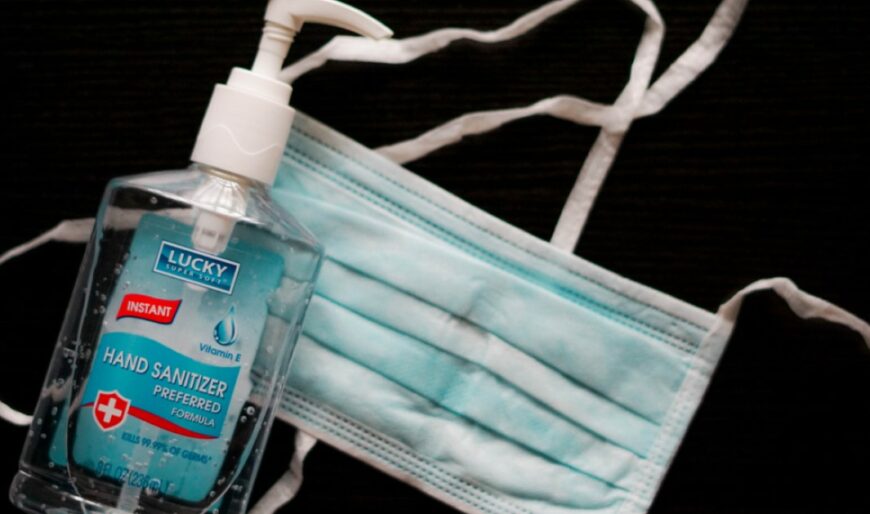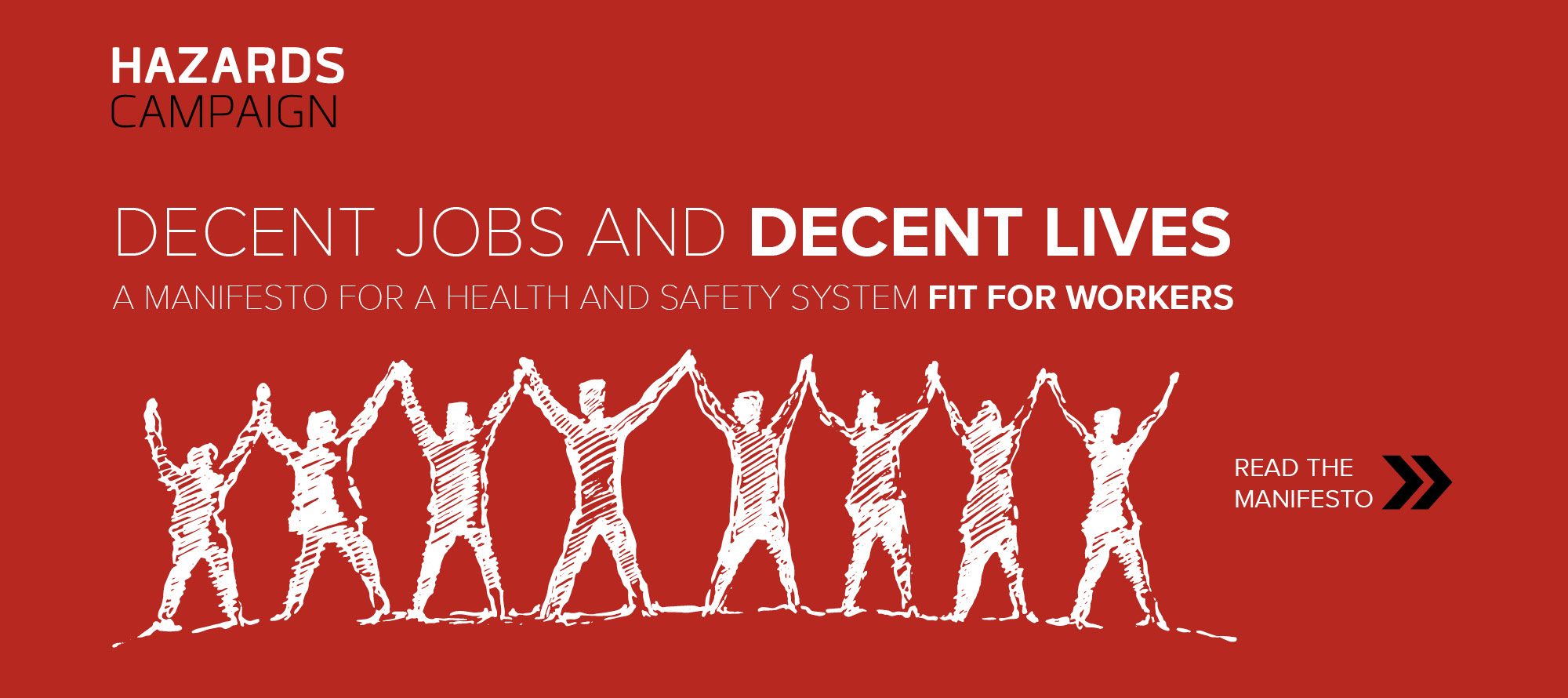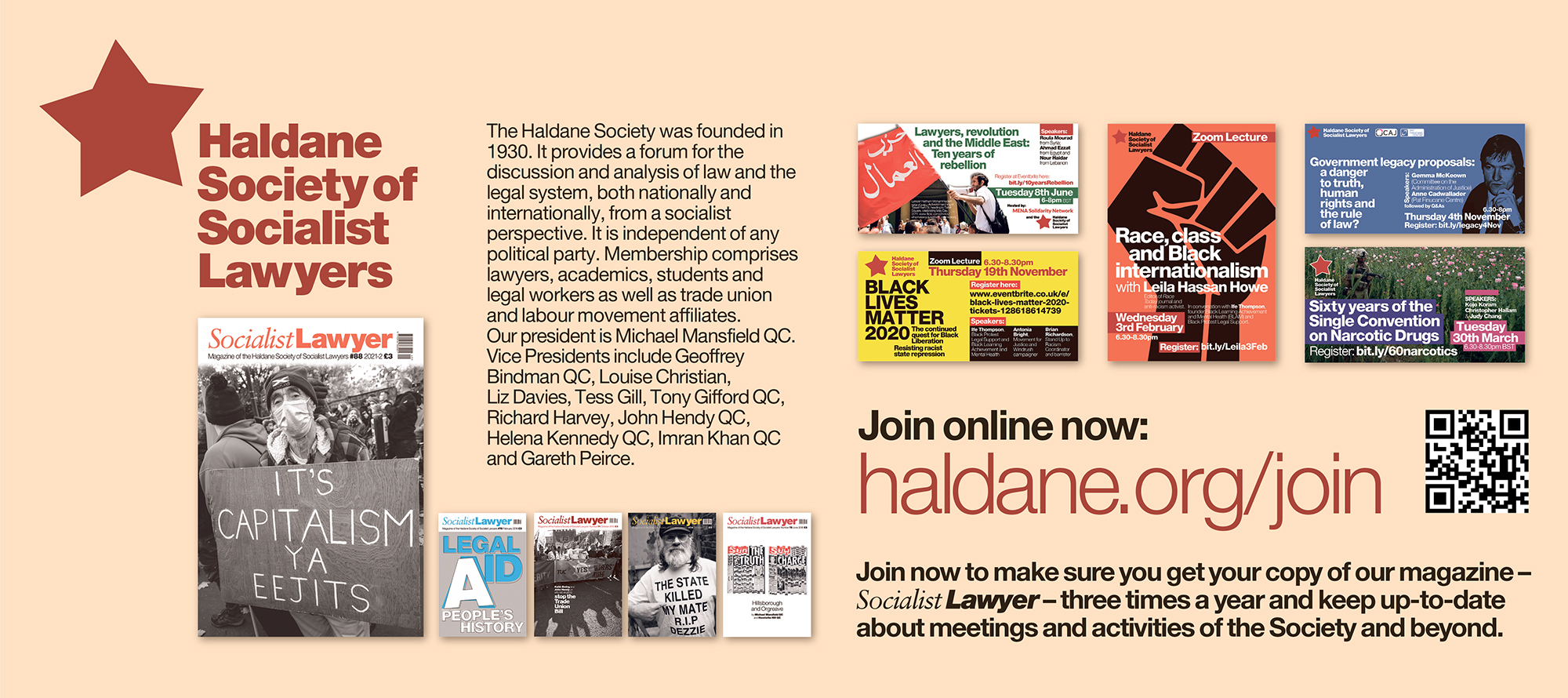DVLA head ‘misleads’ MPs over Coronavirus outbreak
The DVLA boss also appeared to blame one worker's lifestyle as the reason he has had to self-isolate numerous times.

The Chief Executive of the DVLA, Julie Lennard, was called in front of the House of Commons Transport Select Committee after reports earlier in the week that one of the most devastating workplace Coronavirus outbreak so far had occurred at the government agency’s offices in Swansea.
At the weekend, Public Health Wales (PHW) reported that there have been 535 confirmed cases within the authority since September.
In a letter to the Select Committee, Lennard tried to make the outbreak seem less severe by clarifying that there had been 546 cases of the disease since March 2020.
But probed by the Committee, she admitted that the initial number of 535 confirmed cases since September was accurate and that just 11 cases were confirmed between March and September, adding up to 546 overall.
“The way it was actually focused to us in the letter was actually that this big number should be spread across from March last year all the way through to now, which is understandable. But now you seem to be suggesting that actually no … the reports of 535 cases could be accurate from September, which is very large indeed,” Huw Merriman, Chair of the Committee, said, describing the letter as “misleading”.
Workers told PHW that the outbreak was being worsened by the behaviour of the employer, claiming they had been instructed to turn off their test-and-trace apps “so that their phones do not ping”, that symptomatic people were being encouraged to come back to the office, and that requests to work from home had been turned down.
Local MP, Tonia Antoniazzi, claimed a “lack of investment from the government” meant the DVLA was using “archaic” IT infrastructure that prevented people from working from home. She added that she had been “bombarded” by messages from terrified workers that were “scared to speak out” at work.
Indeed, staff members spoke to the press under pseudonyms because they were afraid of repercussions from their bosses. One, under the name Jim Lewis, told the Guardian that the virus had “spread like wildfire” through the DVLA contact centre, where he said workers were not able to wear masks and were forced to ignore social distancing rules.
“We sit back-to-back just one metre apart,” he told the newspaper. “They say ‘the two-metre rule only applies if you’re face to face’.”
But Sion Lingard, Chair of the outbreak control team, said proximity had been confirmed as “the greatest risk” in the DVLA building.
“Where we have clusters [of cases], it is in quite defined groups,” he explained. “It’s where there’s been a training session, or where someone’s being mentored into a role, or a group around desks.”
Indeed, the initial findings of research led by IER H&S team member Professor Phil Taylor are that almost 70% of DVLA contact centre workers are seated less than two metres apart from those in frot of them and over 20% are too close to those next to them.
Lewis told the Guardian he had been forced to isolate six times since the beginning of the pandemic. In her evidence to the Transport Committee on Wednesday (27 January 2021), Lennard appeared to blame the worker himself for this.
“We don’t have a single member of staff who has had to self-isolate six times. We do have one member of staff who has isolated five times,” she said.
“I would suggest they also need to look at if they’re adhering to all the guidelines when they’re out of work with that number of times having to self-isolate as one individual.”
Lennard admitted that the initially low figure of infections was during a time when most staff were working from home and that the surge of cases had occurred in September when two-thirds of workers had returned to the office. But she insisted this was not evidence that the outbreak was due to conditions in the workplace and that the figures actually reflected a broader outbreak in the wider area.
“The DVLA’s actions may also have spread the virus in Swansea,” Janet Newsham of the Hazards Campaign, who is also a member of the IER H&S team, countered.
“It is absolutely shocking that the DVLA has overseen the biggest reported workplace outbreak,” she told the Guardian. “These workers should have been working remotely, not being packed into offices. They have been put at risk of death and long-term ill health – and the outbreak is still going on.”







